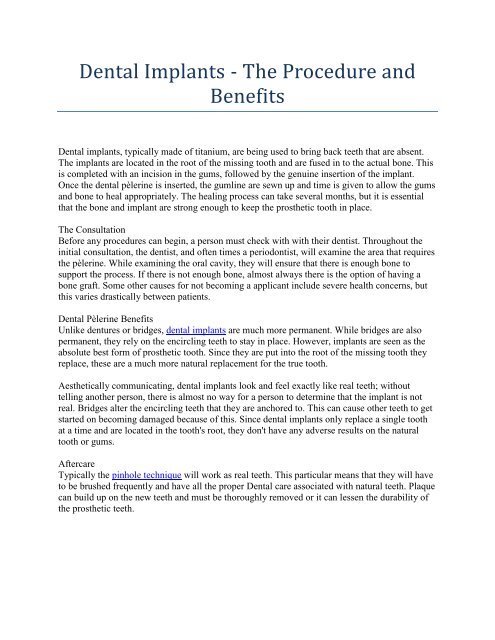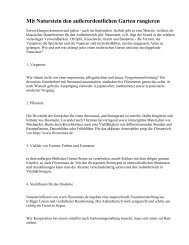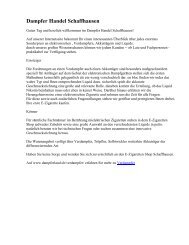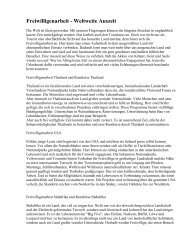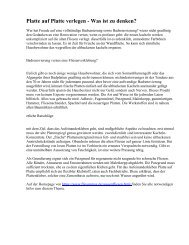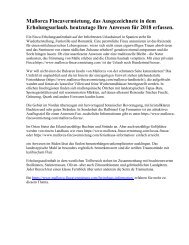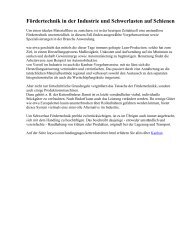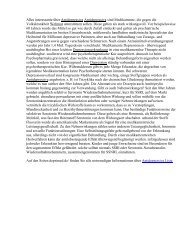Dental Implants - The Procedure and Benefits
Dental implants, typically made of titanium, are being used to recover teeth that are absent. The implants are positioned in the root of the missing tooth and are fused to the actual bone.
Dental implants, typically made of titanium, are being used to recover teeth that are absent. The implants are positioned in the root of the missing tooth and are fused to the actual bone.
You also want an ePaper? Increase the reach of your titles
YUMPU automatically turns print PDFs into web optimized ePapers that Google loves.
<strong>Dental</strong> <strong>Implants</strong> - <strong>The</strong> <strong>Procedure</strong> <strong>and</strong><br />
<strong>Benefits</strong><br />
<strong>Dental</strong> implants, typically made of titanium, are being used to bring back teeth that are absent.<br />
<strong>The</strong> implants are located in the root of the missing tooth <strong>and</strong> are fused in to the actual bone. This<br />
is completed with an incision in the gums, followed by the genuine insertion of the implant.<br />
Once the dental pèlerine is inserted, the gumline are sewn up <strong>and</strong> time is given to allow the gums<br />
<strong>and</strong> bone to heal appropriately. <strong>The</strong> healing process can take several months, but it is essential<br />
that the bone <strong>and</strong> implant are strong enough to keep the prosthetic tooth in place.<br />
<strong>The</strong> Consultation<br />
Before any procedures can begin, a person must check with with their dentist. Throughout the<br />
initial consultation, the dentist, <strong>and</strong> often times a periodontist, will examine the area that requires<br />
the pèlerine. While examining the oral cavity, they will ensure that there is enough bone to<br />
support the process. If there is not enough bone, almost always there is the option of having a<br />
bone graft. Some other causes for not becoming a applicant include severe health concerns, but<br />
this varies drastically between patients.<br />
<strong>Dental</strong> Pèlerine <strong>Benefits</strong><br />
Unlike dentures or bridges, dental implants are much more permanent. While bridges are also<br />
permanent, they rely on the encircling teeth to stay in place. However, implants are seen as the<br />
absolute best form of prosthetic tooth. Since they are put into the root of the missing tooth they<br />
replace, these are a much more natural replacement for the true tooth.<br />
Aesthetically communicating, dental implants look <strong>and</strong> feel exactly like real teeth; without<br />
telling another person, there is almost no way for a person to determine that the implant is not<br />
real. Bridges alter the encircling teeth that they are anchored to. This can cause other teeth to get<br />
started on becoming damaged because of this. Since dental implants only replace a single tooth<br />
at a time <strong>and</strong> are located in the tooth's root, they don't have any adverse results on the natural<br />
tooth or gums.<br />
Aftercare<br />
Typically the pinhole technique will work as real teeth. This particular means that they will have<br />
to be brushed frequently <strong>and</strong> have all the proper <strong>Dental</strong> care associated with natural teeth. Plaque<br />
can build up on the new teeth <strong>and</strong> must be thoroughly removed or it can lessen the durability of<br />
the prosthetic teeth.


